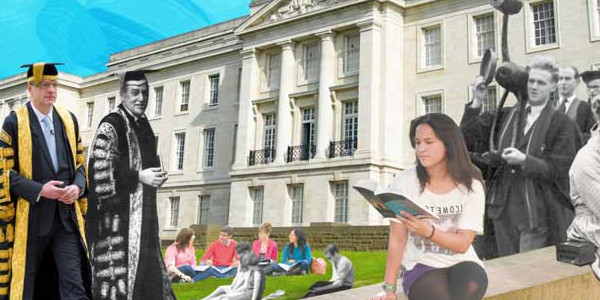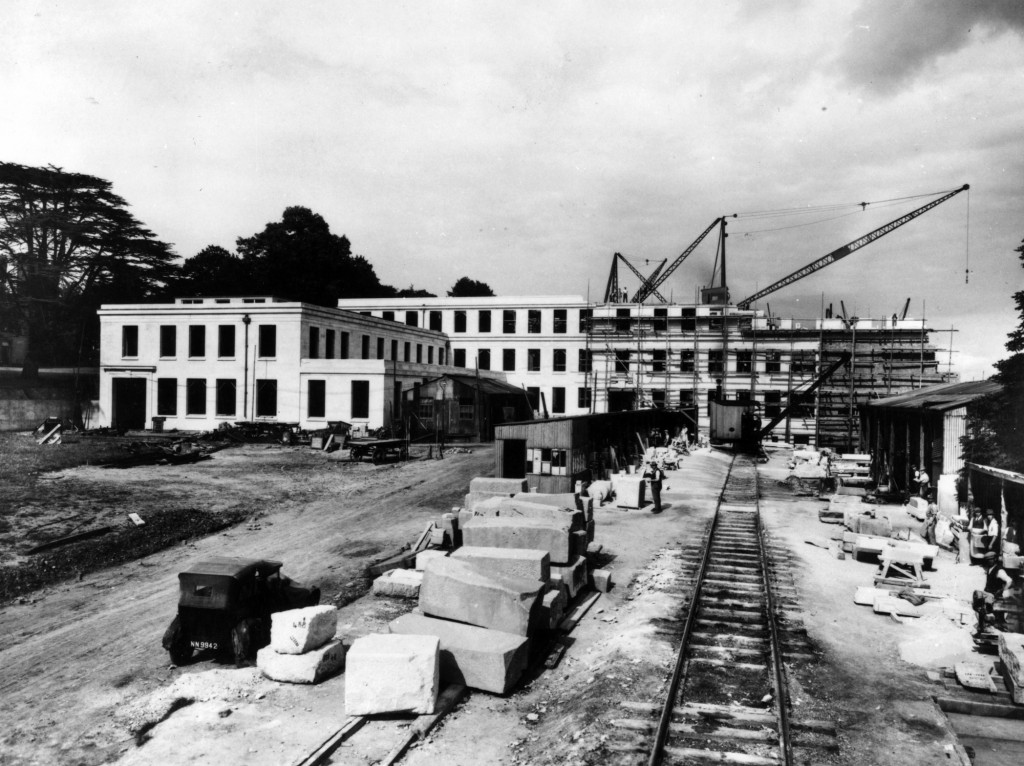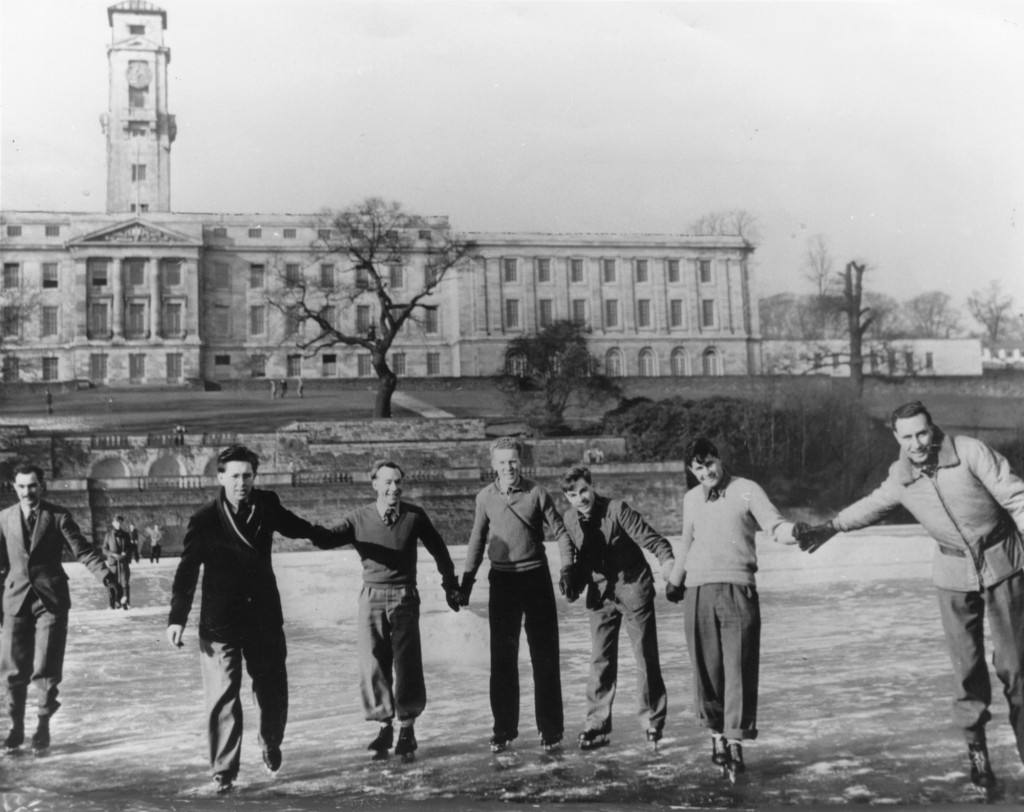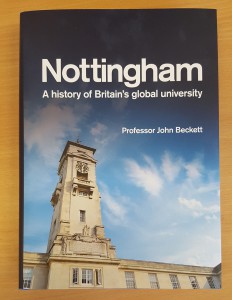
July 6, 2016, by Michael Jennings
Nottingham: a history of Britain’s global university
Professor John Beckett, Professor in our Department of History, writes about his recently published book – Nottingham: a history of Britain’s global university.
The University of Nottingham opened its doors for the first time in 1881, but in those days it was little more than a technical college with purpose-built premises in the centre of Nottingham. The founding fathers, driven by a belief in the importance of post-school education for working class men and women, would struggle to recognise the modern University with well over 44,000 students spread across three Continents. This book tells the story of that transformation.
In 1881 the newly opened institution was a University College. It gained a University Charter, which permitted it to award its own degrees, in 1948. By then it had outgrown its original premises in Nottingham, and through the philanthropic generosity of Sir Jesse Boot had moved to what is today University Park. It had also, in 1946, incorporated the Faculty of Agriculture and Horticulture at Sutton Bonington. Even so, it had fewer than 2,000 students.
With its charter secured, and encouraged by favourable government policy, the new University expanded rapidly. The 1950s and 1960s witnessed the building of Science City, the Portland Building, and a number of new halls of residence, and then in the 1970s came the much-coveted Medical School. Student numbers rose steadily to more than 8,000 in the mid-1980s.
After some years of retrenchment during the 1980s as a result of government policy towards Universities, the relentless pace resumed. In 1999 HM the Queen opened the new Jubilee Campus on Triumph Road, and by then the University was looking overseas: new campuses were opened in Malaysia and China in 2005. A School of Veterinary Science and Medicine opened at Sutton Bonington in 2007.
By 2010 student numbers had reached 40,000 across the different campuses, with individual students coming from more than 140 countries worldwide. In 2012 The Times described Nottingham as Britain’s first truly global university. The founding fathers would be astonished!
Nottingham: a history of Britain’s global university, written by Professor John Beckett and published by Boydell and Brewer, traces the story of the University from those early days to the present time, exploring life on campus for generations of students.
This is a thoroughly researched, beautifully illustrated and timely publication, which will be of interest to staff and students, alumni scattered across the globe, and anyone concerned with the development of UK higher education.
Discover the hidden secrets of your University and how it became the place we all know and love – order your copy today.




It’s a shame that the book arrives with an enclosed letter from the University registrar, which makes it clear that this is a corporately approved history. The title is the University’s own marketing self-description. The word “Professor” should never appear before the name of the author on an academic book – this only ever happens with coffee table books and, when you open this, that’s what you realise it is. For example, the bibliography gives no places or publication or publisher, just dates. It has lots of strictly pointless photos. On the whole, it’s a compliant, institutionally loyal account, diasppointing as the work of a professional historian, but worth a look, most of all for the photos – which is a great pity, because the photos are not what is meant to distinguish a work of history. It’s not exactly a “puff” for the university, but it lacks the necessary objectivity. That’s what happens if you get an employee to write the history of an institution – you get a tame, sanitised version of events.